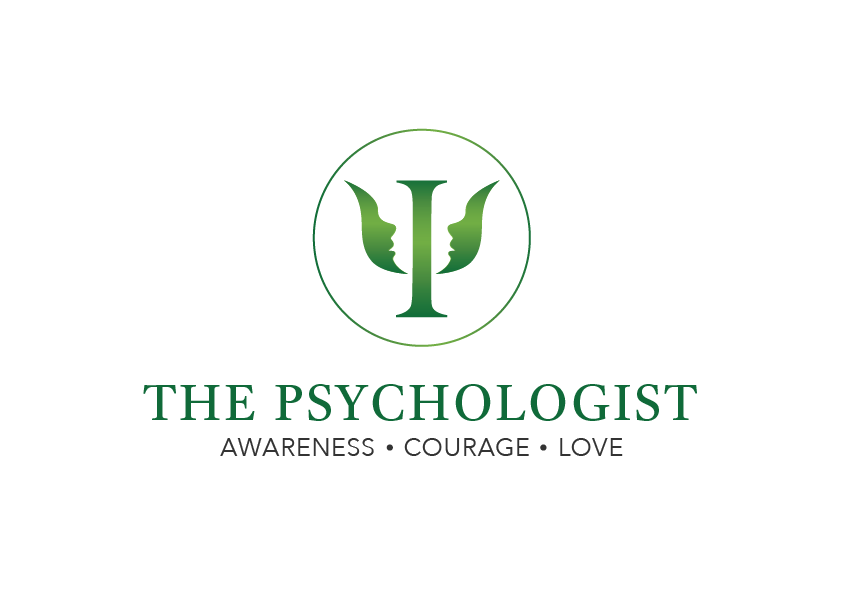When Loving Hurts: The Hidden Struggles of Partners of People with BPD
Being in a close relationship is never without its ups and downs. But when your partner has Borderline Personality Disorder (BPD), those emotional highs and lows can feel more like a storm than a wave. While much of the clinical focus often falls on those with BPD, emerging research reminds us that their partners, too, often experience profound emotional distress and carry invisible burdens in the relationship.
What Partners of People with BPD Often Go Through
Studies show that partners of individuals with BPD commonly report:
Emotional exhaustion and helplessness, feeling unsure of how to help during emotional outbursts or depressive episodes.
Caretaking burden, where the partner feels responsible for managing the other’s moods, crises, or impulsive behaviours.
Relationship instability, including intense conflicts, separations, and reunions that wear down trust over time.
Internalized blame or shame, especially when BPD symptoms are directed toward them (e.g., accusations, withdrawal, or sudden hostility).
As one partner in a recent study shared, “It’s like I’m fighting with BPD instead of my partner”.
Why Is It So Difficult?
BPD is characterised by heightened sensitivity to perceived rejection, unstable self-image, emotional dysregulation, and intense fear of abandonment. These features often play out most severely in romantic relationships. As a result, partners may:
Be pulled into cycles of conflict and reconciliation,
Experience verbal or emotional aggression,
Struggle with boundaries and communication,
And feel unsupported, unseen, or unsafe.
Despite the love they may feel, many partners report "walking on eggshells" or suppressing their own emotions just to maintain peace.
What Helps: From Research to Real Life
The good news? Research suggests that support for partners isn’t just beneficial — it’s essential. Here are three evidence-based approaches that have shown promise:
1. Psychoeducation and Skills Training
Partners often lack a clear understanding of BPD. Structured psychoeducation — whether through books, support groups, or therapy, helps them:
Understand what’s driving their partner’s behaviours,
Learn what not to take personally,
And build coping skills to respond in healthier ways.
2. Couple Therapy with a Focus on Externalization
Rather than blaming the person with BPD, externalization allows couples to see BPD as the shared challenge — not the identity of the partner. This reframing:
Builds compassion and teamwork,
Reduces shame,
And encourages joint problem-solving.
Couples who learned to “fight BPD together” instead of fighting each other reported better communication, more patience, and greater relationship satisfaction.
3. Individual Therapy for the Partner
Partners may experience anxiety, depression, or trauma symptoms themselves. Seeking therapy — either short-term or ongoing, can:
Help them make sense of their experience,
Rebuild self-esteem and boundaries,
And clarify whether and how to continue in the relationship.
Therapy can also equip partners with tools to hold space for themselves and their needs, not just their loved one’s symptoms.
Loving someone with BPD can be both meaningful and painful. If you’re a partner, your distress is valid — and you're not alone. Healing can happen on both sides of the relationship, but it often begins when both partners receive the support they need. As research continues to illuminate the relational dynamics of BPD, one message is clear: both individuals — and their relationship, deserve care, understanding, and hope.
